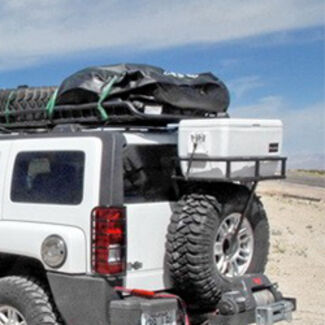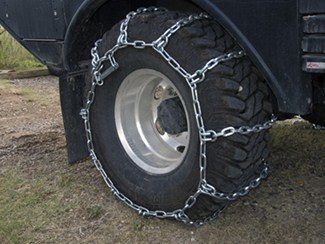

Step 1: Lay Tire Chains Out & Drape Over Tire



Cords Color coding Rigid chains that don't tangle



Step 2: Connect Tire Chains


Chains that connect at the top Chains that don't require connections at all


Step 3: Adjust Tire Chain Tension


Automatic tensioning (easiest) Assisted tensioning with build-in adjusters (easy) Cam-style tensioning (least easy)




Step 4: Drive Forward & Check Tire Chains
Practice installing your chains in your garage or driveway on a relatively warm day before you ever need them. You don't want your first time to be on the side of the road in a snow storm. Keep a nice pair of gloves in your glove compartment — installing tire chains with stiff, frozen fingers won't make it any easier. Invest in a tire chain safety installation kit that includes a waterproof kneeling pad and roadside emergency lights. Once your chains are installed, stay off of bare, dry pavement and don't exceed speeds of 25mph.


Wayne G.
11/23/2021
I am going to try using the draping method but I don t see how that is possible without driving on the chains first. We ll see



Jb
11/12/2021
A video would provide much better views of typical movements during installation than the few selected pics.
Departments
Towing
- Trailer Hitch
- Fifth Wheel
- Gooseneck
- Towing a Vehicle
- Front Hitch
- RV Hitch
- ATV Hitch
- HD Truck Hitch
- Vehicle Wiring
- Brake Controller
- Ball Mounts
- Weight Distribution
Sports and Recreation
Trailer Parts
- Utility Trailer
- Boat Trailer
- Landscape Trailer
- Enclosed Trailer
- 5th/Camper Trailer
- Car Hauler
- Horse Trailer
Vehicle
Contact & Help

What our customers are saying:
"Quick processing, and delivery. reasonably priced very satisfied"
Bernie
Krakow, WI







Dave E.
1/26/2024
Superb article! I've used chains for over 50 years but it's always good to review installation and see new styles available.